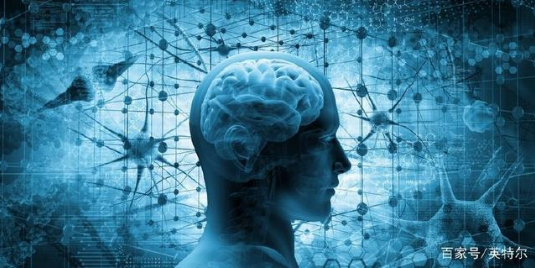In a laboratory at the Princeton Institute of Neuroscience, a group of subjects are watching pictures, watching movies, and listening to the radio, while scientists use functional magnetic resonance imaging (fMRI) to track their brain activity. The goal of the researchers is to "read" their brain activity in real time as subjects think, feel, and respond to stimuli.

This is a collaboration between Princeton University neuroscientists and Intel to map the human brain in real time and develop the next generation of brain imaging analysis technology. Researchers at Princeton University and Intel Research have developed software that allows neuroscientists to draw images of the brain in real time, while decoding neural data and revealing how brain activity affects learning, memory, and other cognitive functions.
Before this collaboration, researchers need to spend several days to analyze the fMRI scan results. A typical scan can contain up to 1 million voxels. A few years ago, this was an impossible task-analyzing a single scan was very time consuming, and analyzing a large number of scans meant that the storage and processing capabilities of the system were completely exceeded.
Researchers not only want to speed up the process of analyzing a single brain scan, but also want to analyze the massive amounts of data in the brain in real time. Ken Norman, a professor at the Princeton Institute of Neuroscience, said: “We need all the computing power we can get, because if we decode faster, neurofeedback will be more effective.†With the help of Intel’s computing power and artificial intelligence technologies, this A challenge is being solved.
When neuroscientists want to learn more about the human brain, Intel computer scientists plan to use brain research to design more efficient software algorithms to process large amounts of data. Ted Willke, chief senior engineer at Intel Research, said: "We hope to apply the knowledge learned from human cognition research to machine learning and artificial intelligence. This may make autonomous driving safer and allow researchers to develop faster. The new drug allows doctors to detect cancer earlier."
The Princeton-Intel joint team has opened up their Brain Imaging Analysis Toolkit (BrainIAK) to help other researchers around the world process fMRI data. The joint team hopes to apply their research results to machine learning and artificial intelligence projects in other industries, including pharmaceutical research and development.
Through a process called virtual screening, researchers are looking for a drug that can act as a "key" to a specific biological "lock". Chemical databases already contain millions of "keys", but new technologies allow researchers to screen through these huge databases more quickly to find a list of drugs that are most suitable to unlock these "locks."
"Other researchers will be able to benefit from our progress and make greater progress." Princeton University professor Nicholas Turk-Browne said.
With the advancement of technology, LED technology has been applied to projectors. There are many good domestic LED projector manufacturers in the market. For example, Shenzhen Resources has perfectly combined this technology with DLP technology to make it portable and compact. Because of its low power consumption and heat generation, it is more widely used in life and in personal business. The same goes for LED hotel projectors.
portable led projector,led home theater projector,led holiday projector,led room light projector,led 4k projectors
Shenzhen Happybate Trading Co.,LTD , https://www.happybateprojectors.com